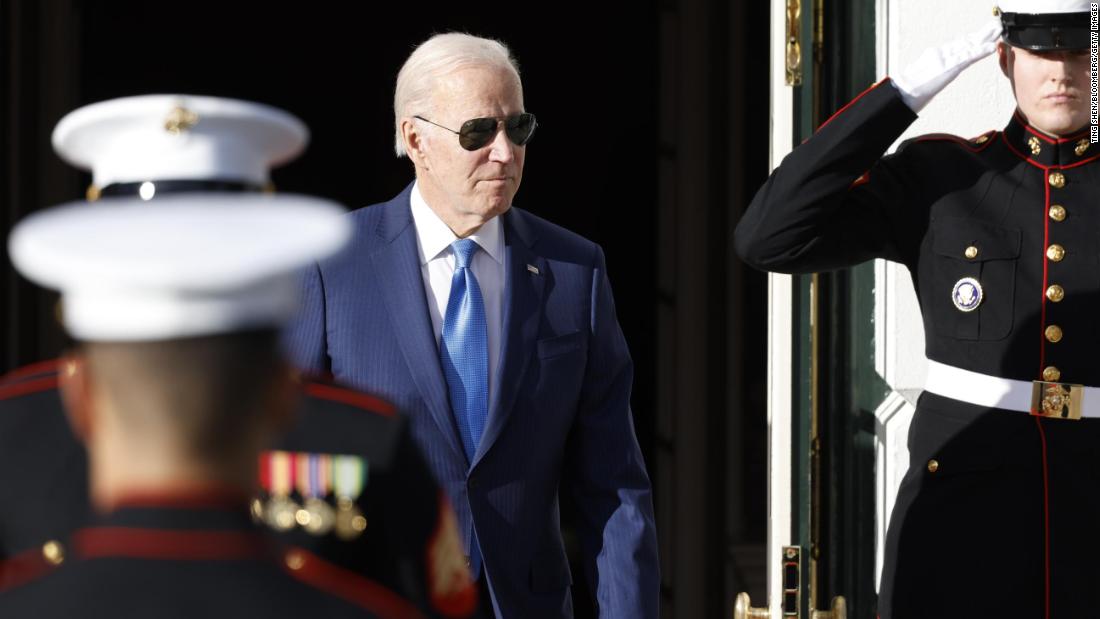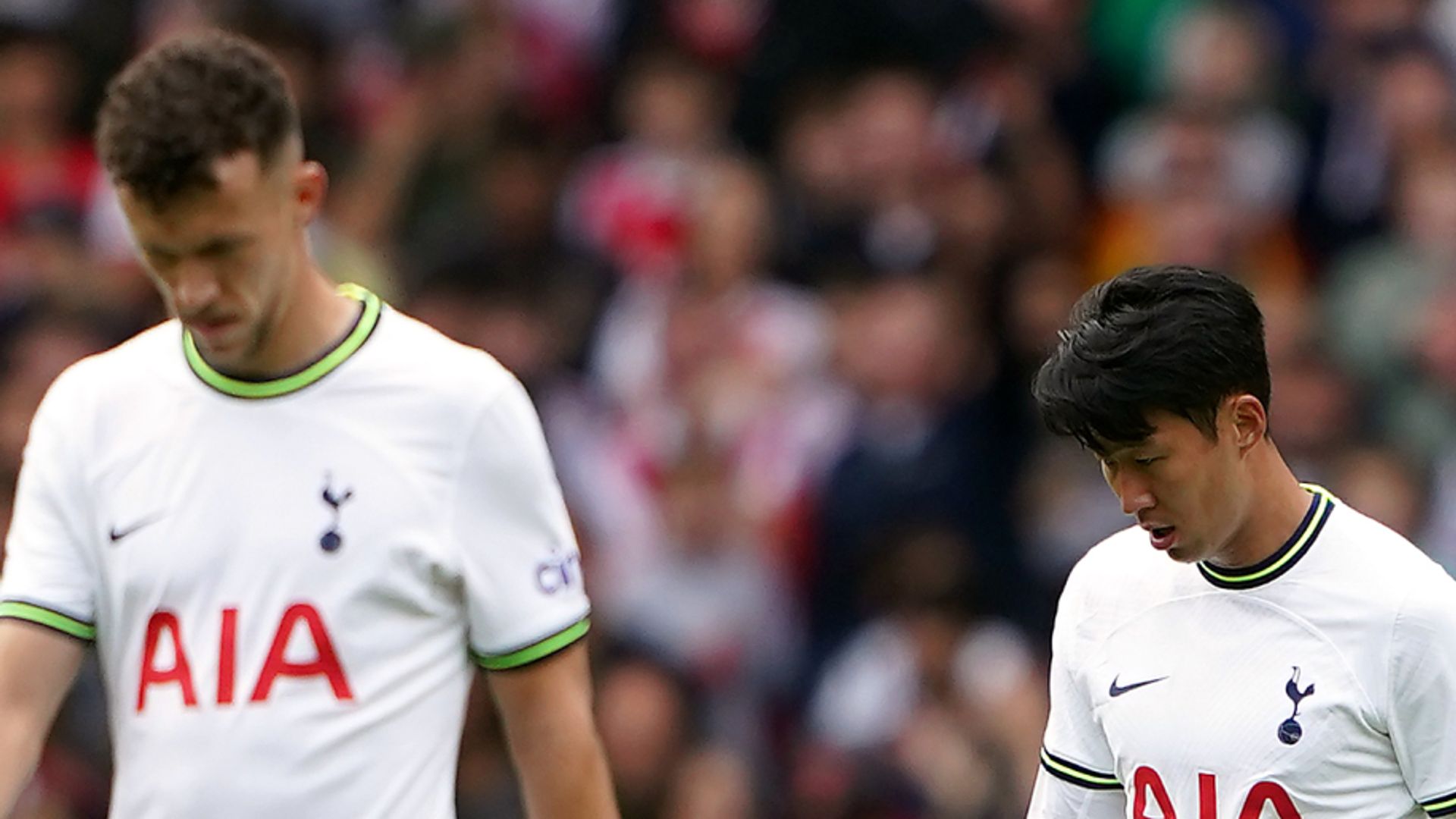Can Women Police Chiefs Change Law Enforcement’s ‘Warrior’ Culture?
Three women now hold the most powerful jobs in UK policing. But as their counterparts in the U.S. have discovered, female law enforcement executives are often undermined by weak official support and activists who charge they have done little to curb aggressive policing.

With last month’s announcement of the appointment of Angela Mclaren as the new City of London police commissioner, the three chiefs of police in the UK’s capital city are now all women.
It’s the first time in UK history this has happened, and it represents solid endorsement for women in the highest ranks of British policing.
She joins Lucy D’Orsi, who was appointed in December 2020 as the Chief Constable of the British Transport Police at their headquarters in London, and Dame Cressida Dick, who has been commissioner at the London Metropolitan Police since February 2017.

Dame Cressida Dick, head of Scotland Yard. Photo courtesy Metropolitan Police
Indeed in UK policing today there are now 15 women chief constables (33 percent) in England and Wales. An analysis of the appointments underlined how much has changed: just two years ago, there were only four women chief constables.
The message is unmistakable. As Policing and Crime Commissioners in this country are embracing the diversity of talent that is available to them, the metaphorical glass ceiling has been well and truly shattered.
The growth in numbers of women appointed to the highest office in British policing comes some three years after the National Police Chiefs Council bemoaned the lack of interest by senior officers in applying for these roles.
Women have been stepping forward where male colleagues have been reticent to do so, at a time when UK policing has been in the doldrums. A lack of funding for policing, the rise in violent crime, particularly against women during the COVID pandemic, and attrition of officers from the service has made chief officer roles less attractive.
The progress of women into the chief officer ranks has long been a subject of considerable interest. Back in 1996 ,when there had only ever been one appointment ever in the UK of a woman chief constable, I went to the U.S. on a Fulbright Fellowship to research the American experience.
At the time, there were only 150 women chiefs of police in U.S. police and Sherriff’s departments among the thousands across the country. Most were in smaller jurisdictions.
The 1980s and 1990s saw a great deal of research by academics into the struggles of women in policing, and their experiences in being properly recognized, accepted and supported for advancement.
It was recognized that women needed support to move up the career ladder. State court consent decrees and federally mandated affirmative action procedures were some of the tools.
In Atlanta, for example, then- Chief Beverly Harvard selected women (and ethnic minorities) from lower ranks and promoted them by two or three ranks in one go. The process could be justified by the need to redress the wrongs of a system that had discriminated against women for years, but which could also be argued was used by those in authority to bring women through based solely on gender, rather than competence or ability.
In reality, on her appointment in 1994, a swathe of male officers in the rank of captain resigned from the department, and Chief Harvard determined to do away with that rank entirely, allowing officers at lieutenant rank to jump directly to that of major. Women officers became the beneficiaries of that policy.
By 2013, the numbers had only increased slightly. The Denver Post reported that at that time there were only 169 women police chiefs out of 1,500 departments that had been contacted.
By 2017 there were only five women chiefs in the 50 major US police departments.
Since that time, the representation of women police chiefs in large police organizations began to grow. In the Denver Post article Chuck Wexler, executive director of the Police Executive Research Forum, a Washington-based think tank said:
A lot of police chiefs say women had a profound impact on the culture of policing. They bring their own set of skills to a traditionally male-dominated culture, and that is very helpful.
While this may be so, it doesn’t mitigate the fact that in some parts of the U.S., the excessive police use of force has brought departments into conflict with communities. The politics of protest and the calling out of police chiefs for not addressing the culture of policing has led to the withdrawal of mayoral support for many police chiefs and their subsequent resignations.
In an essay published a year ago in The Crime Report, entitled “Why are America’s Women Police Chiefs Resigning?”, Dorothy Schulz, professor emerita at the John Jay College Criminal Justice in New York, highlighted these issues with the resignations of Chiefs Carmen Best in Seattle, Erika Shields in Atlanta and Jami Resch in Portland, Ore.
She wrote:
Right now, the odds don’t look favorable for women chiefs anywhere. Ironically, not so long ago, reformers and feminists advocated for more women in law enforcement, particularly at the senior ranks. The goal was to move policing from a warrior culture to a community-based model and in the process heal troubled departments. But these kinds of women leaders are now being felled by weak mayoral support and protester vitriol towards the police.
In the UK, the appointment of women chiefs is viewed as progressive. But, as Dame Cressida Dick at the London Metropolitan Police can attest, these appointments come with a great deal of scrutiny.
In the last year Dick has been accused of presiding over an institutionally corrupt police force, and the behavior of her police officers is called regularly into account by the media. The conviction of a serving police officer for murder and another for belonging to a terrorist organization, have caused her great embarrassment. There will inevitably be speculation on whether she will be offered a second term of employment as Commissioner.
Lucy D’Orsi, the new Chief at the British Transport Police, is dealing with the fallout from her officers’ failings at the 2017 Manchester Arena bombing. Many fatalities occurred after a terrorist infiltrated a packed Ariana Grande concert, and detonated a suicide bomb. It didn’t happen on her watch, but the subsequent criticisms in March 2021 of her organization’s lack of preparedness for such an attack may undermine public confidence in her tenure as chief.
It is inevitable in an occupation that has largely been the preserve of men for so long, that the role of Chief Constable or Chief of Police, when occupied by a woman, will be severely scrutinized.

Gareth Bryon
All of these roles, no matter who is in them, are high profile.
The incumbent will always be a target. The old adage that “the higher you fly, the harder you fall” is never far from the truth.
Gareth Bryon is a former Detective Chief Superintendent who worked as a senior officer in the South Wales Police and the British Transport Police, where he led major crime investigation and forensic science services for over 30 years.

 Landwebs
Landwebs 

















